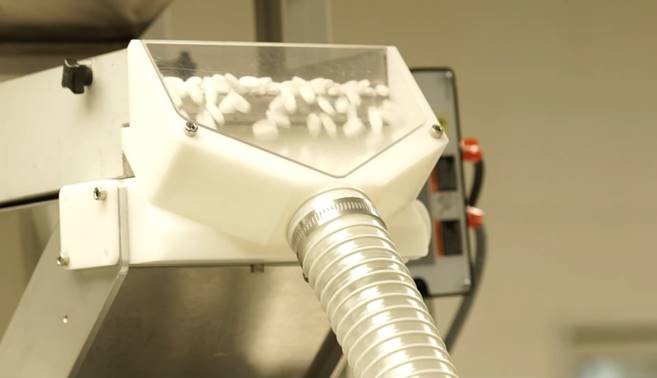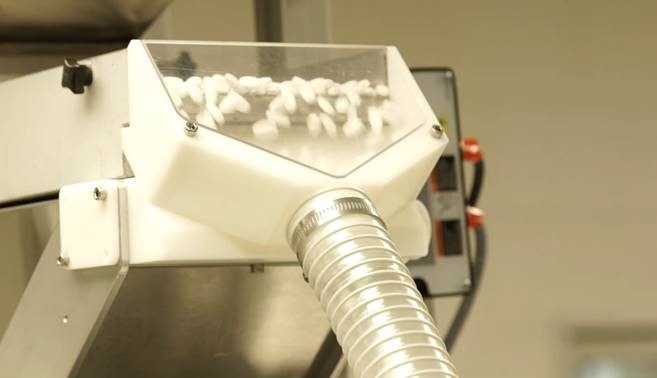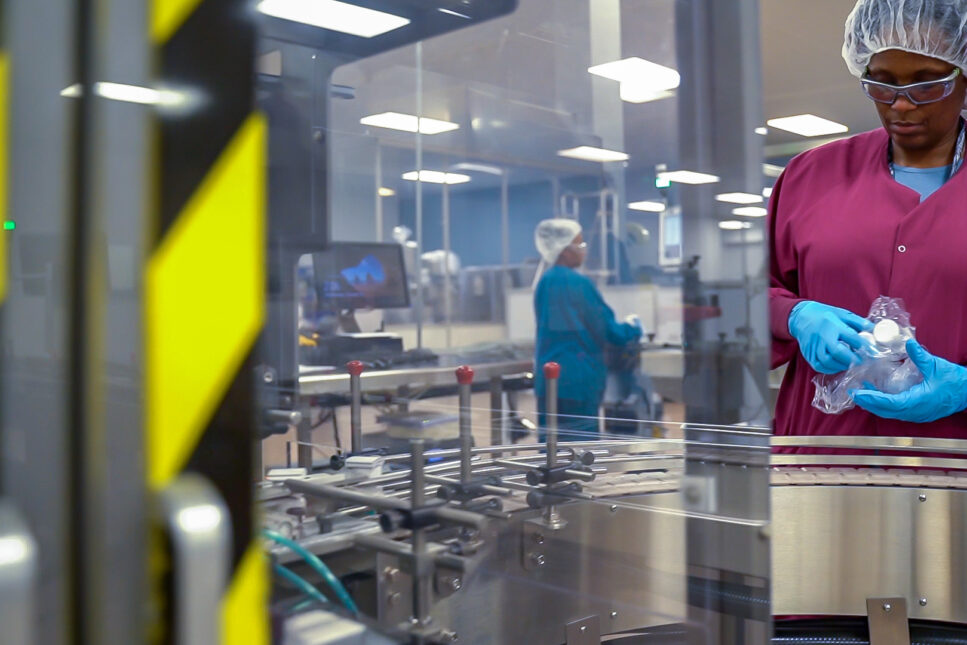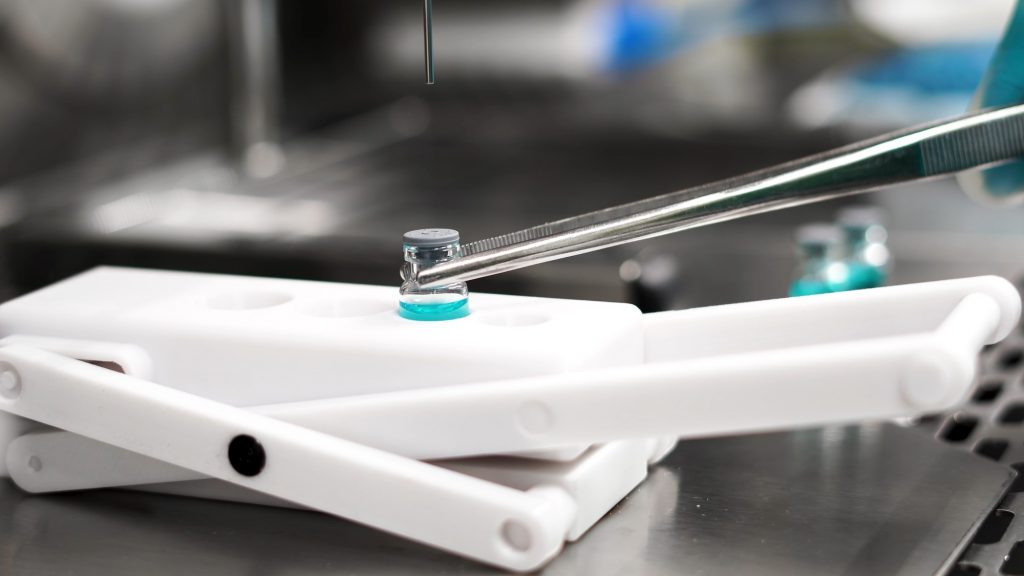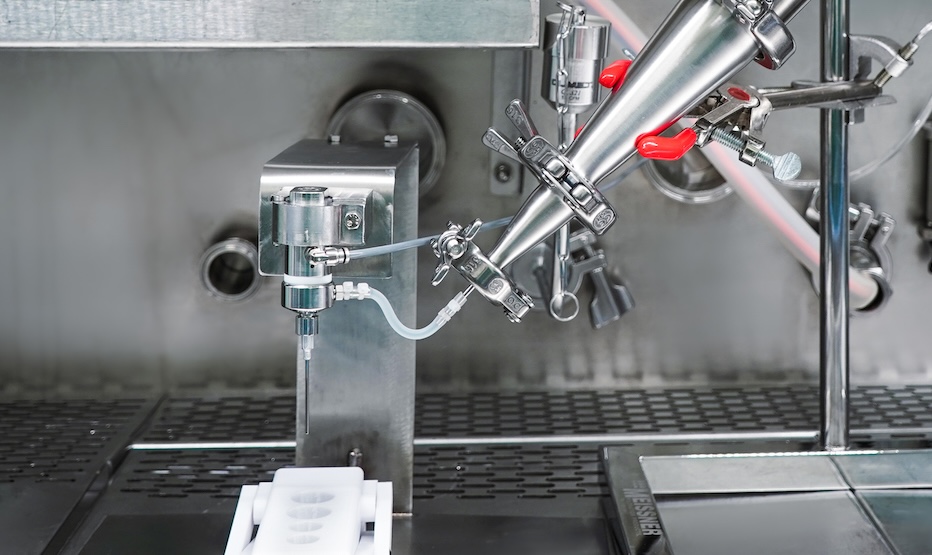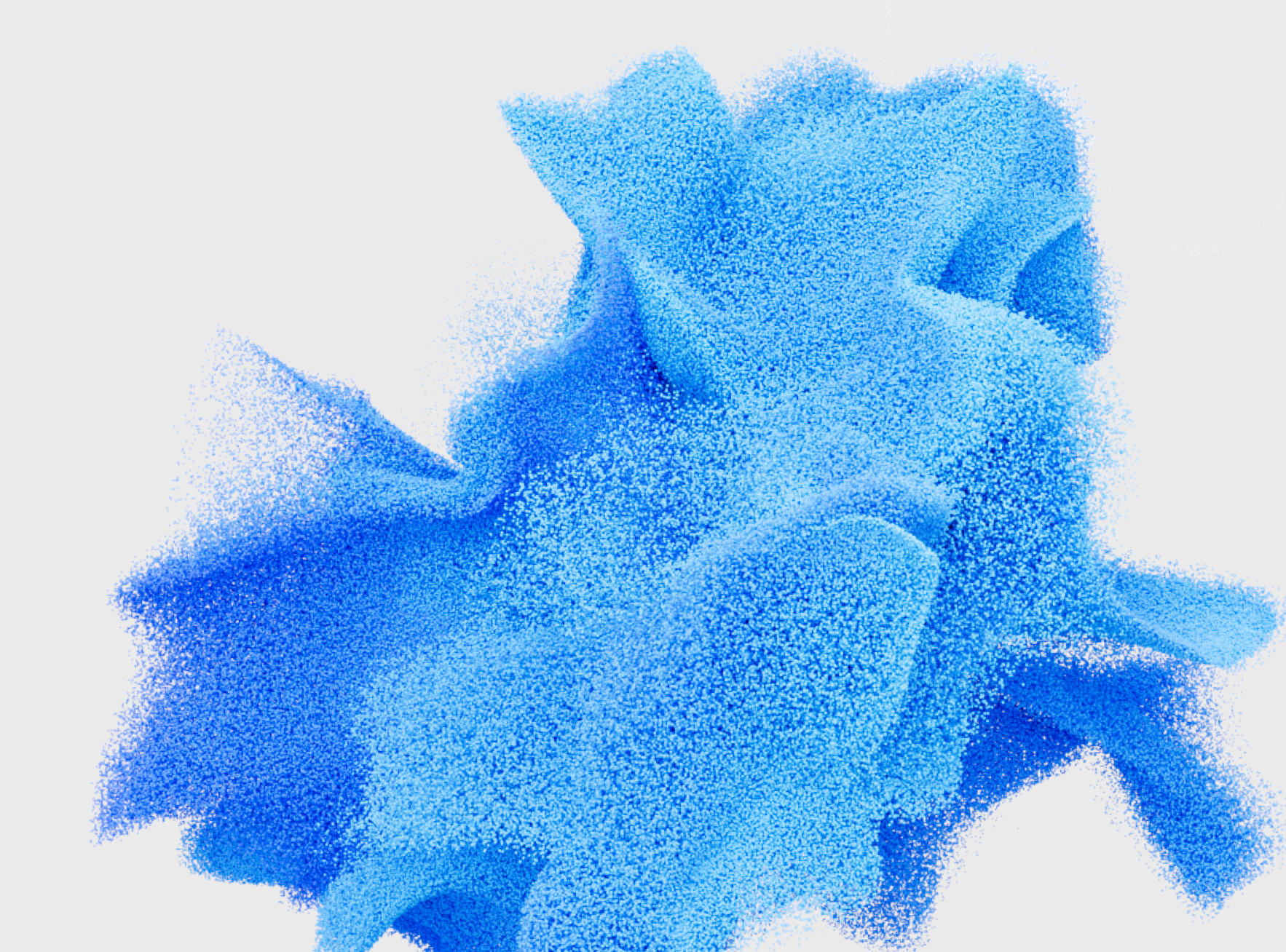The pharmaceutical industry must live by the rules of the regulatory bodies such as the FDA, EMEA, and other organizations.
In the US Code of Federal Regulations, Title 21 – Food and Drugs – Part 210 – Current Good Manufacturing Practice in Manufacturing, Processing, Packing, or Holding of Drugs, states:
…the regulations…contain the minimum correct good manufacturing practice for methods to be used in, and the facilities or controls to be used for, the manufacture, processing, packing, or holding of a drug to assure that such drug meets the requirement of the act as to safety, and has the identity and strength and meets the quality and purity characteristics that it purports or is represented to possess.
In short, the onus is on manufacturers and their contract partners to meet patient expectations and deliver a safe, pure, effectively packaged drug. To this end, key considerations are to identify protective packaging materials/components and to ensure that drug products are packaged in an environment with the appropriate humidity and oxygen levels.
If a product is exposed to high humidity or a high oxygen environment relative to its profile, the active pharmaceutical ingredient (API) may degrade. The degraded product may be aesthetically unacceptable (e.g. tablets turn yellow or become spotted) or the degradation may result in the API becoming less suitable for its intended use, and possibly dangerous or toxic to the patient. High humidity/oxygen conditions might also adversely impact excipients which can result in alterations to the color, flavor, or odor of a product. High humidity can also lead to bacterial growth on the tablet’s surface, rendering the product contaminated.
Product owners identify stability data that detail process and storage requirements during the drug development stages. Packaging activities must stay within the identified limits, or the safety, efficacy, purity and quality of the drug may be affected.
For their part, pharmaceutical contract packagers will need to understand all the implications of those humidity and oxygen parameters in order to implement an appropriate packaging and handling strategy.
Part of that storage and handling strategy will include planning for the kinetics of the degradation pathway and understanding whether noticeable degradation might occur readily (in hours perhaps) or over months or years on stability. The degradation pathway is a critical component in understanding optimum storage conditions and establishing an expiration date for the product. Knowing the extent to which moisture or oxygen can affect a drug will allow the packager to recommend the best container, such as a film/foil combination, or select an appropriate desiccant to include in the pharma package, to provide adequate protection.
Packaging in low humidity
Uncoated oral solid dose tablets designed to dissolve quickly and dry powder inhaler capsules often have low humidity requirements. When handling and packaging such products, a number of areas require particular attention.
Creating the optimal production environment
Most pharmaceutical products are packaged in an environment within a 30-60% humidity range. Generally, packaging specialists worry about electrostatic dissipation when humidity is under 30% and mold when it is above 60%. Almost universally, when a drug with unique humidity requirements falls outside that range, the need is for low humidity handling.
To dry the air in packaging suites, additional dehumidification equipment is usually added to HVAC systems to deliver the desired atmosphere. This additional equipment requires proper maintenance and monitoring to ensure optimum performance.
Low humidity production rooms create unique challenges for the product, the equipment and the employees.
- Dry air often results in static electricity, which causes problems in material handling (movement of the individual dosages, handling of product powder/dust if an uncoated or fragmented tablet, etc.) and can also damage electronics associated with monitoring and control of packaging equipment.
- One of the big challenges occurs where products are light in weight, a capsule for example, as static can make it very hard to feed into primary packaging – powders often stick to the bottom of the feeder making accurate filling difficult.
- Employees need to be monitored too – low humidity rooms can, over time, inflame and dry out the mucous membrane lining of the respiratory tract as well as irritate sinus membranes.
Limiting the number of hours that employees spend in these rooms, grounding equipment and the use of ionic fans and other static eliminator devices are often needed to combat these issues.
Deviations outside of the process requirements when it comes to humidity should be monitored with a rapid alert system, in addition to standard operating procedures (SOPs), in order to quickly correct any changes to humidity as they occur.
Considerations for packaging materials
Another consideration for these types of drugs is the choice of packaging materials. When a product has a low humidity requirement, it is essential that its packaging protects from humidity for the established shelf life. Using dry powder inhaler capsules as an example, if exposed to high humidity, the product inside the capsule will clump together and won’t become airborne when punctured in its device – rendering it unusable. Packaging the capsule in a cold form blister foil is a solution as it provides an enhanced barrier when compared to thermoformed blisters.
Some pharmaceuticals may not require a low humidity packaging process per se, but may demand packing materials, such as a desiccant, to provide protection from moisture and humidity throughout its intended shelf life.
Low oxygen requirements
Protection from humidity is a fairly common requirement, but packaging oxygen-sensitive compounds is more niche. The techniques used to reduce the presence of oxygen in a pharmaceutical package are different to those taken to reduce the negative impact of humidity in that the blister cavities are flushed locally rather than adjusting an entire production room.
The packaging equipment in the primary packaging suite can be purged with nitrogen gas, or noble gas if necessary, to significantly reduce oxygen levels. Oxygen scavengers, or oxygen absorbers, can be added to bottles and pouches to protect products over the longer term in breathable packages and the use of aluminum pouches or cold form blisters can provide long-term protection from oxygen.
Nitrogen flushing
Purging to reduce the oxygen content in packaging processes creates an additional requirement to monitor the products, equipment and employees involved. The process must be monitored to ensure oxygen content is reduced to the level specified when nitrogen purging – an oxygen level of less than 2% is often specified for low O2 packaging.
Production operators working in the suite also need close monitoring to safeguard their comfort, health and safety.
Testing O2 levels
To ensure that the required oxygen levels are being achieved with the nitrogen purge, offline instrumentation and in-process testing are required. Testing offline prior to packaging ensures the purge is functioning as desired and in-process checks make sure that levels are being maintained.
The testing approach is often dictated by the packaging material and the sampling interval is specified by the manufacturer. There are devices that use optics to check oxygen levels, but they require a transparent pack material which can be a problem where cold-form blister foils are used to protect product from moisture, light and oxygen.
A well-established yet labor-intensive water displacement method is widely used to collect the volume of gas so oxygen content can then be measured. However, there is continuous innovation in this area. As technology has progressed, devices have been developed that pierce blisters and instantly identify the levels of oxygen in the cavity thereby streamlining the testing process saving time and sacrificing less product for testing.
Conclusion
Every participant in the supply chain plays a role in safeguarding the drug therapies they handle so that they arrive at the patient in the condition intended and are therefore both safe and effective.
Where low humidity or oxygen processes are identified as necessary, a comprehensive understanding of the requirements must be met with a robust combination of expertise, instrumentation and monitoring as well as control of critical parameters, physical solutions and procedures.
Sharp’s approach
Sharp can offer several methods for minimizing degradation due to high humidity and oxygen. Sharp’s expert clinical services and commercial packaging teams continue to innovate, looking for new methods of safeguarding the integrity of drugs with unique handling requirements. We are investing in new technologies that offer even more precise monitoring and increased efficiencies in for these specialized products.
Partner with Sharp
Sharp offers out-of-the-box thinking to solve your challenges with unique packaging solutions.
With 70+ years in business, we have the experience and expertise to design and engineer low humidity or oxygen packaging solutions that meet your needs. We collaborate with you to deliver expert, flexible and tailored services that meet the most stringent quality demands – Sharp is your trusted global pharmaceutical and biopharma packaging partner.

